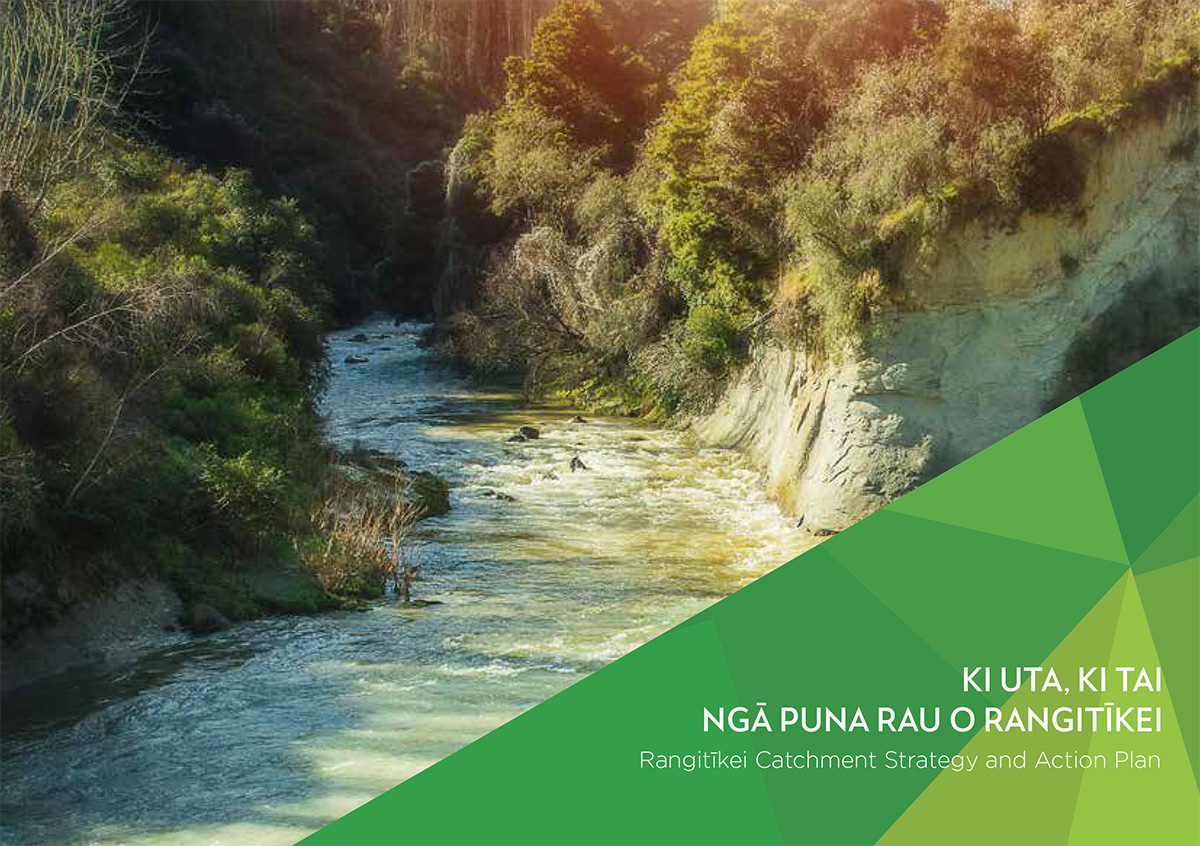Strategic Plan
Ki uta, ki tai, Nga puna rau o Rangītikei
Our Vision
Nga Puna Rau O Rangitīkei – Ki Uta Ki Tai
He tuawai o te rohe mai i te mātāpuna ki tai kia whakapakari ai te iwi | Connecting and sustaining its people and communities for a positive future..
Our Values
Our Values Guide our actions.
Tūpuna Awa
We are our Awa, our Awa is us
Kōtahitanga
Working together with collective outcomes.
Kaitiakitanga
Maintaining and Enhancing the Mauri of the Awa and its tributaries
Mana Ātua
Recognising our spiritual association with Te Taiao
Tino Rangatiratanga
Self Determination to develop and make our own decisions without impinging on the rights of others
Manaakitanga
Duty of care to support other hapū and Iwi where possible
Mana Whakahaere
Working Collaboratively for the Awa
Hau
Replenishing and enhancing a resource when it has been used
Mana Tangata
Hapū and Iwi can exercise authority and control over Te Taiao through ahi kā and whakapapa
Te Taiao
The Awa and its tributaries are cared for by hapū and iwi in partnership with the community through sustainable practices and collective stewardship, ensuring the mauri of the Awa is preserved and enhanced over time. This approach prioritises the health and resilience of the Awa, supporting native flora and fauna while maintaining taonga species at viable levels, enabling hapū and iwi to fulfil their role as kaitiaki and custodians of their heritage.
Our Wellbeing
Hapū and iwi have the privilege and responsibility to embody their tikanga and uphold their values in relation to the Awa and its tributaries, nurturing a deep connection to these waters. A thriving Awa fosters the well-being of our people, as it creates invaluable opportunities for Hapū and iwi to engage with, derive sustenance from, and practice their cultural customs in harmony with the Awa, its tributaries, and the surrounding catchment area.
Our Future
Hapū & iwi determine their own aspirations for the Awa and its tributaries and developing plans to achieve those aspirations through:
- Increasing hapū & iwi skills and expertise to actively manage and lead restoration, remediation and development
- increasing opportunities for Awa initiatives and employment for Rangitīkei mokopuna.
- Sustainable economic development balanced with environmental, social and cultural aspiration to enable increased choices.
- Connecting and partnering with other stakeholders to develop holistic approaches to the core use of the Awa.
- Work with land owners, regulators and decision makers to develop collaborative approaches and initiatives focused on the Awa

